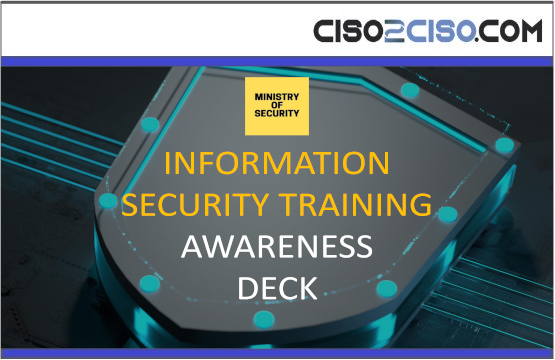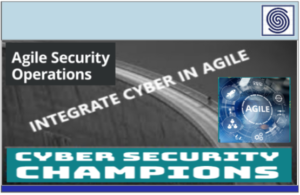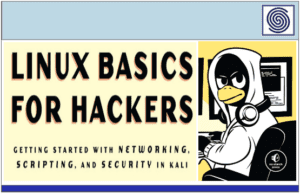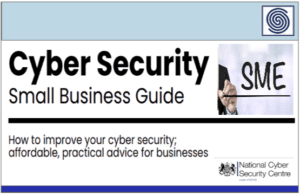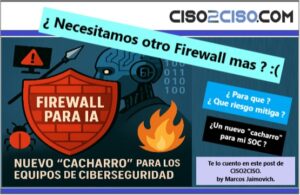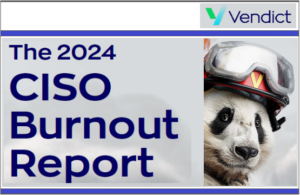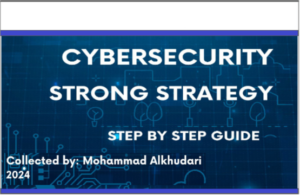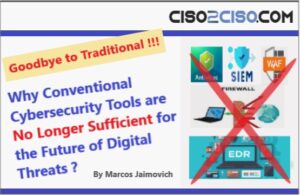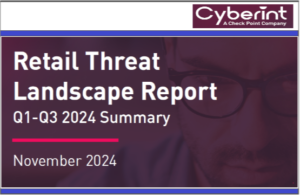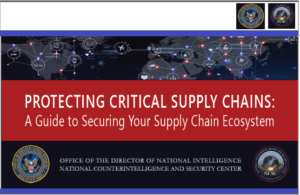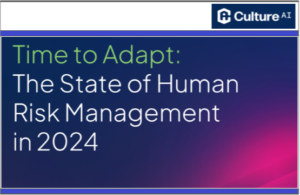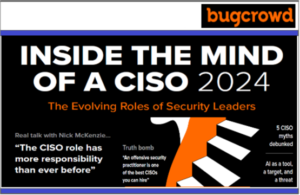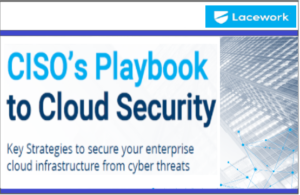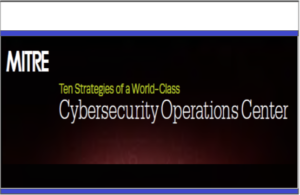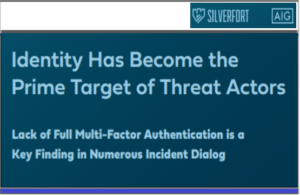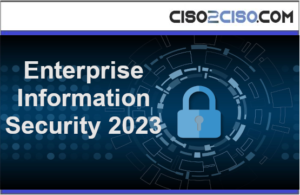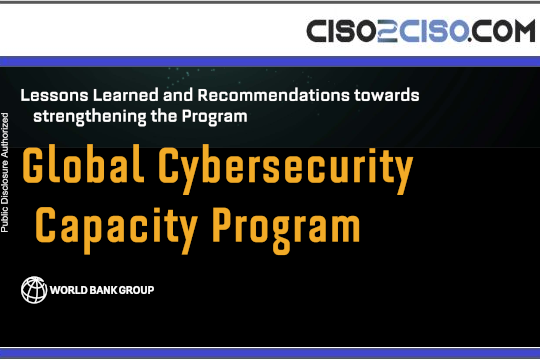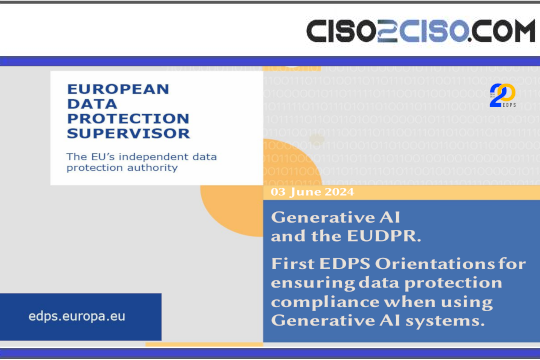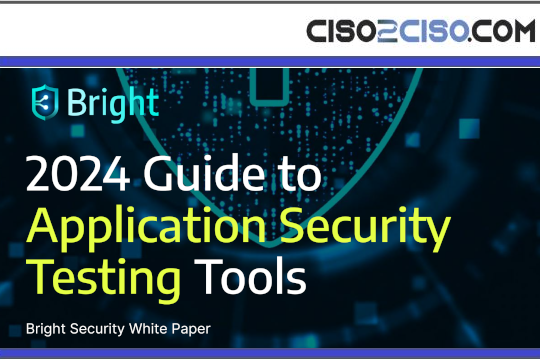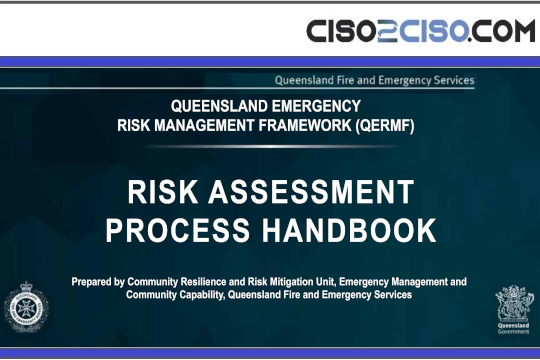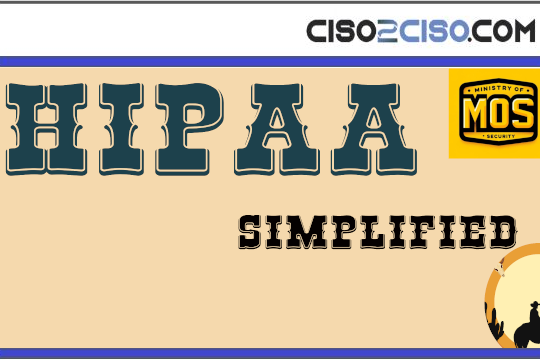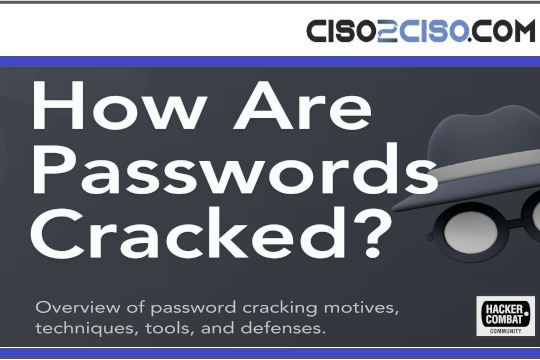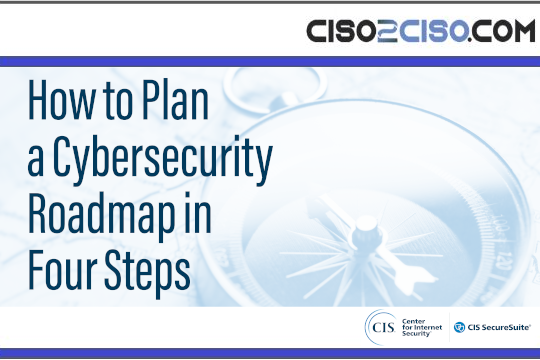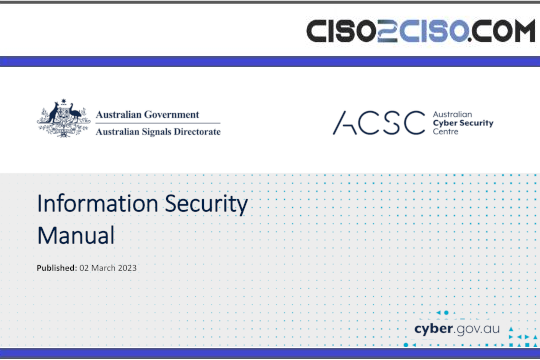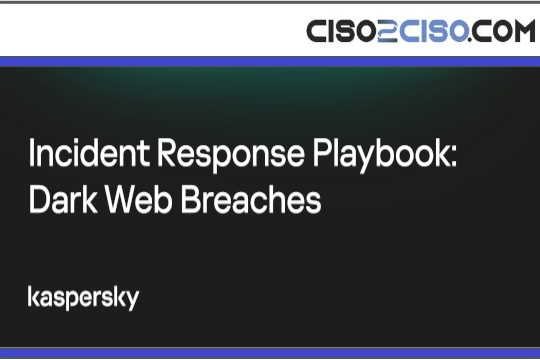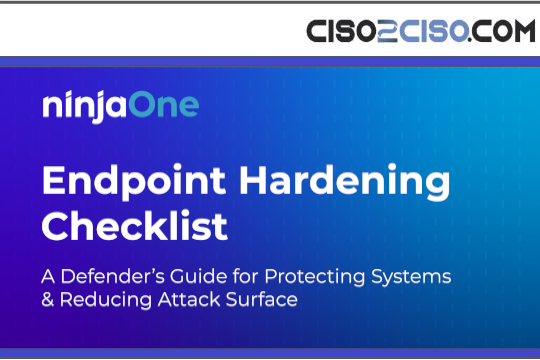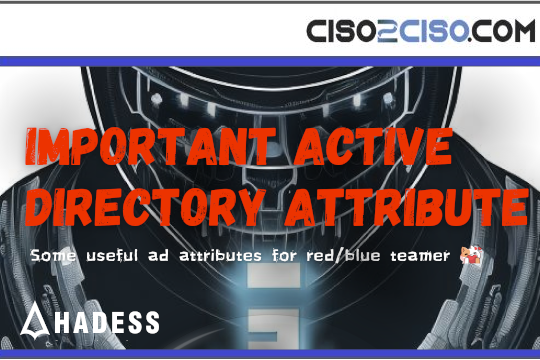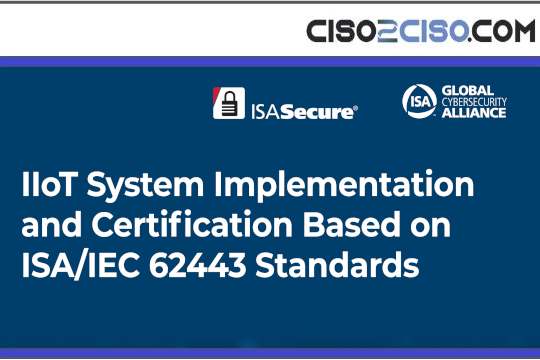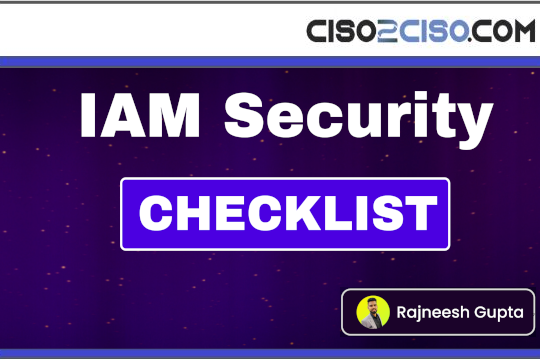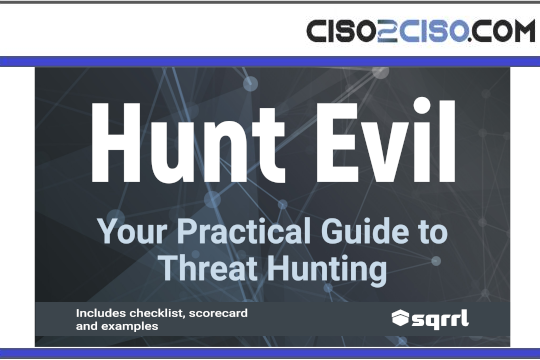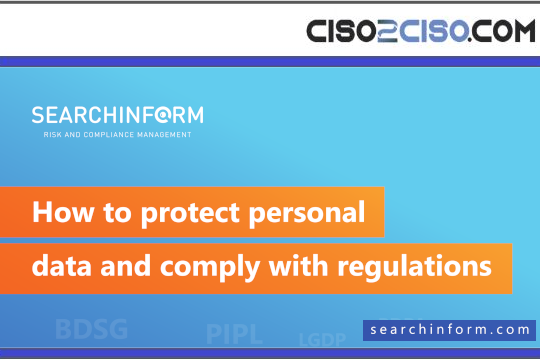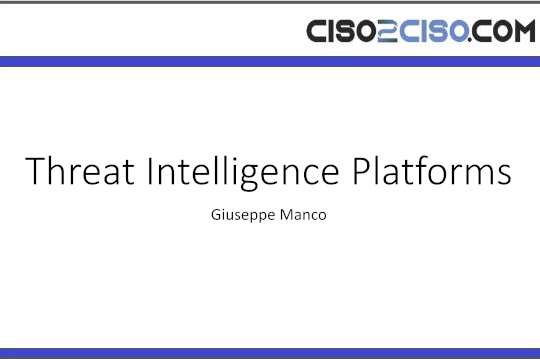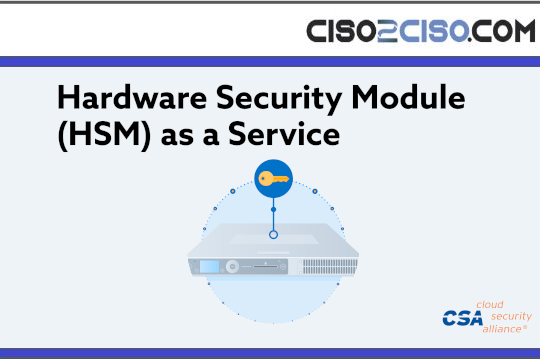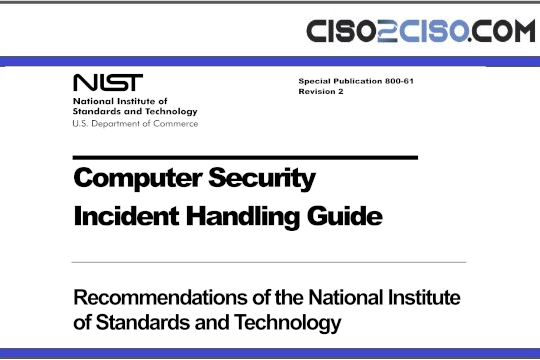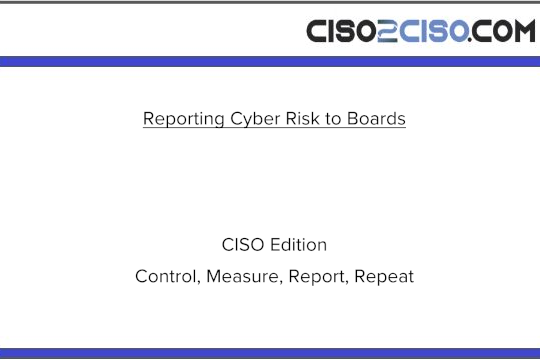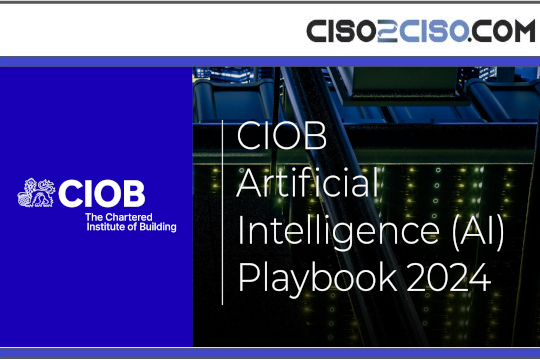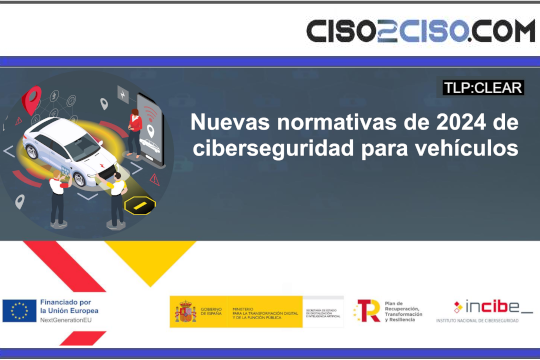The document covers various aspects of information security, starting with the agenda which includes topics like Incident Response, Safe Practices, Data Classification, Information Security, Pillars of InfoSec, Statistics, Common Malwares, Password Attacks, Multifactor Authentication, Phishing Attacks, Encryption, Compliance Policies, and Employee Best Practices.
It explains the Incident Response Process which involves Detection & Analysis, Containment & Eradication, Recovery & Reconnect, and Post-Incident Review. Each phase aims to monitor, analyze, isolate, stabilize, restore operations, and learn from incidents to prevent future occurrences.
Data Classification is discussed, distinguishing between Public data (e.g., marketing material) and Internal data (e.g., battlecards), emphasizing the need to classify, label, store, share, and destroy data securely based on sensitivity.
The importance of Information Security is highlighted for protecting sensitive data, ensuring business continuity, complying with regulations, safeguarding intellectual property, building trust, preventing fraud, minimizing revenue loss, and securing critical systems.
Training and awareness are emphasized through security decks to educate employees on best practices, including using strong passwords, identifying phishing attempts, restricting access to sensitive data, encrypting information, and securely destroying obsolete data.
The document also addresses common malwares like spyware, worms, bots, and rootkits, as well as types of phishing attacks such as Cloning, Angler, Pharming, and Evasion of Filters. It explains the concept of Multifactor Authentication (MFA) as a security process requiring multiple validation methods for access.
Furthermore, it outlines the Pillars of InfoSec – Availability, Confidentiality, and Integrity – focusing on ensuring authorized access, preventing unauthorized disclosure, safeguarding data accuracy, and ensuring timely and reliable information access.
Overall, the document provides comprehensive guidelines and practices to enhance information security, mitigate risks, and promote a culture of cybersecurity within organizations.
Views: 6

